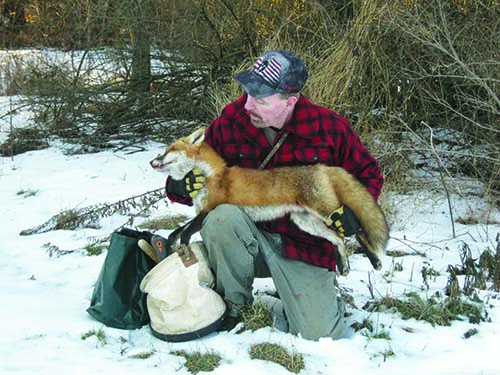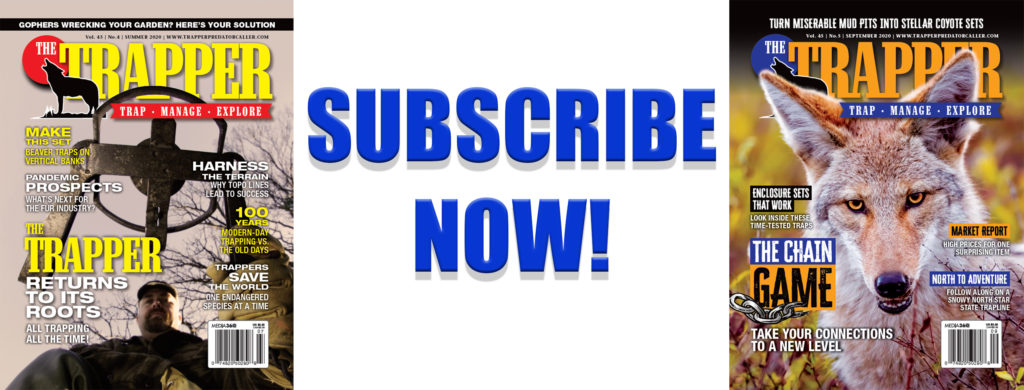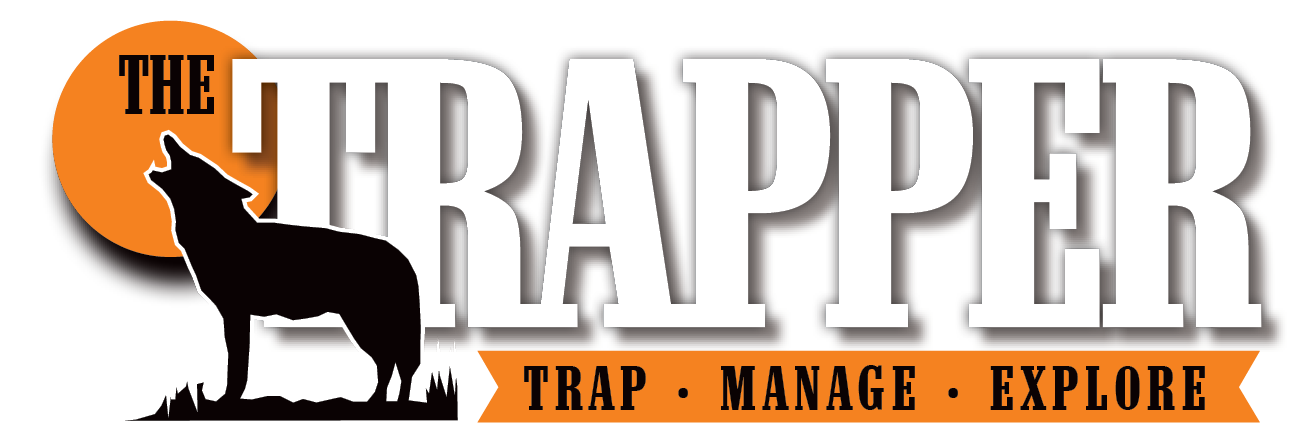By Serge Lariviére
The first international fur auction of 2024 will be held soon — March 22-24, 2024, in North Bay, Ontario, Canada, by Fur Harvesters Auction Inc. (www.furharvesters.com). The first international auction sale of the year usually sets the tone for fur prices, and many country buyers use this as their barometer to establish their own prices in the areas they cover.
Historically, there were two big auction houses, both in Canada, but with the fall of North American Fur Auctions, only one of them remain. Fur Harvesters Auction therefore sets the tone for prices, and there is seldom much discrepancy between what skins at FHA will bring versus what country buyers will pay. The end of March 2024 will thus have many buyers attending, now that COVID-19 is “under control” and that international travel has resumed to almost normal levels.
On its website, Fur Harvesters Auction discusses how 2024 will be yet another year of selling a surplus of ranch mink that were put to market when big ranching operations worldwide went out of business, and the closing also of what used to be the biggest auction house for ranch mink, Kopenhagen Fur. All of these ranch mink skins on the market are sold at a discount, and the low prices for these large, uniform skins prevent the upswing of some of our wild fur, especially muskrats (and of course, wild mink).
So before we even enter the 2024 selling season, we already can predict that muskrats and wild mink will not sell any different than they did in the past few years — which is at very low levels. When muskrats struggle to reach $3 and wild mink stays below the $10 mark, there is little motivation to pursue these two species in any numbers. I suspect that most of what will hit the market this year will be from incidentals caught in beaver traps.
Speaking of beavers, that market is expected to remain strong, and I know many trappers who went hard after beavers this past season, taking advantage of the hatter market and getting additional money from the castor glands. The beaver felt market is led by companies making hats and still remains strong, so the prices for beaver skins should remain at levels close to last year, and probably even advance slightly, depending on the size of the offering. Large, prime skins with good underfur should have no trouble reaching the $30 average, and the good news reported by many trappers is that this market is forgiving for slight defects on skins, such as small cuts or bite marks. Since that market uses the underfur and not the leather, slight damages have little affect on the value of the skins, which helps trappers get better averages overall. The only downside with the beaver market is that prices for castor glands have dropped, a simple reaction to the larger offering brought to market because of the higher fur prices.
Long-hair skins such as coyote and red fox will remain slow, as will the market for raccoon, a Russian item that simply is on hold for now. The war in Russia and Ukraine continues, even though the media has switched our attention to Israel and the Gaza Strip, but the conflict that affects us the most in the fur trade is the one between Russia and Ukraine.
Recently, news outlets were reporting of additionnal economic sanctions against Russia from several countries, and all of these sanctions have the goal of weakening the economy in Russia to make them weaker at war. Sadly, a weak economy in Russia also influences their ability to buy wild fur, and until that conflict comes to an end, we can expect raccoon prices to remain at bottom levels. Many buyers who purchase raccoons now “gamble” in a way, buying the very best skins for almost nothing and storing them in hopes that prices will soar when the conflict ends. I suspect we are still two years out from the raccoon market moving upward in any kind of way, a sad thing for this extremely abundant animal that is available on almost all traplines in North America.
Our other big player in the fur world is China, and China faced major economic challenges in 2023. After a long battle against COVID-19, the reopening of markets yielded a much weaker economy than expected and the instability is still there. China is a huge buyer of ranch mink and they also consume many of the most luxurious wild fur species. Moreover, because of the cheaper labor and looser environmental laws, China is often the base for processing (tanning, dyeing) of skins. Many large-scale manufacturers also have operations in China, again, because of cheap labor. The result of a weak Chinese economy can thus impact prices we get for our skins, as many skins transit through China before ending up on a store shelf elsewhere in the world. China historically was also a huge consumer of ranch mink, and any slowing of that economy has direct affects on our wild mink, and also on muskrats, marten and other wild fur.
The good news is that the Chinese New Year is late in 2024, February 10 to be exact, which gives shoppers in China a lot of time to buy fur, and also happens at one of the coldest times of the year. Historically, a late Chinese New Year has always helped prices move up, so we have that on our side this year. The battle for rising fur prices is still a long way from being over. In the meantime, we must be thankful for strong beaver prices, and hope that other species follow suit and continue to advance, even in the face of the world conflicts that affect the economy and our trade worldwide.





